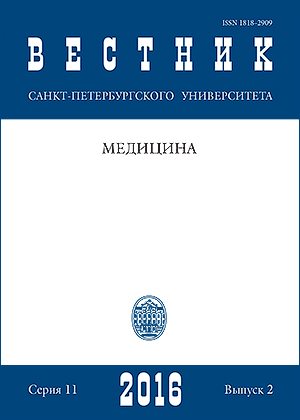HEART VALVE MATRICES: STATE OF THE ART AND PERSPECTIVES
DOI:
https://doi.org/10.21638/11701/spbu11.2016.206Abstract
The first successful aortic and mitral valve replacement was performed, respectively, by D. Harken and N. Braunwald in 1960. Both used mechanical graft s, but 10 years later M. Ionescu implanted a biological valve substitute in humans. As biological valve graft s evolved, multiple sources were used: porcine aortic valves, xenopericardial substitutes, and, most recently, tissue engineered allograft s, reseeded by means of guided repopulation. Th e present work describes the major challenges of these methods, analyses diff erent decellularization approaches used for semilunar valves, and future possibilities for tissue engineering to be applied in humans, such as creation of atrioventricular valve substitutes. Refs 73. Figure 1.
Keywords:
tissue engineering, guided regeneration, decellularization, decellularized heart valve, tissue matrix
Downloads
References
References
bladder derived extracellular matrix. Biomaterials, 2008, vol. 29, no. 36, pp. 4775–4782.
Downloads
Published
How to Cite
Issue
Section
License
Articles of "Vestnik of Saint Petersburg University. Medicine" are open access distributed under the terms of the License Agreement with Saint Petersburg State University, which permits to the authors unrestricted distribution and self-archiving free of charge.




